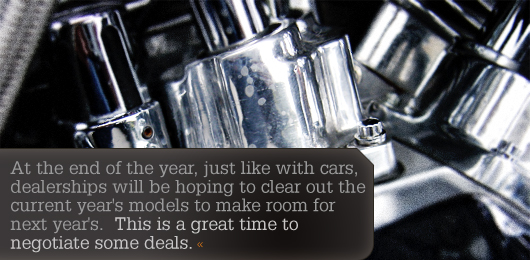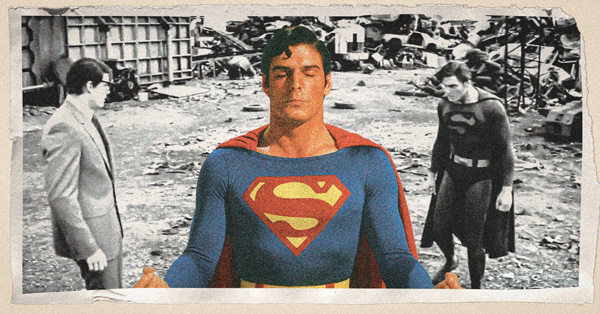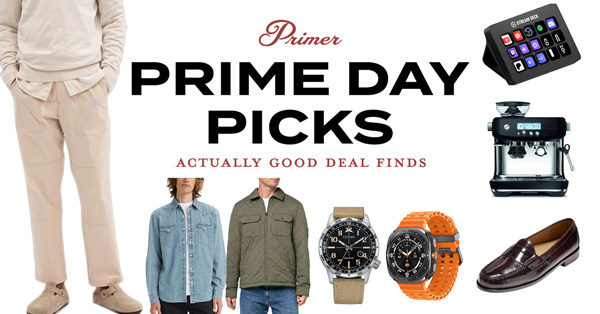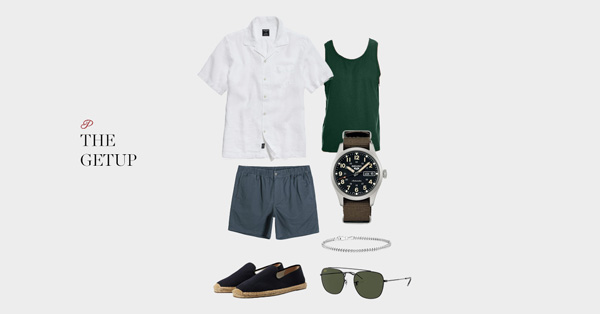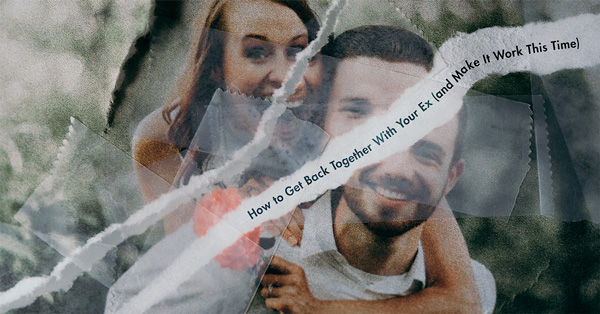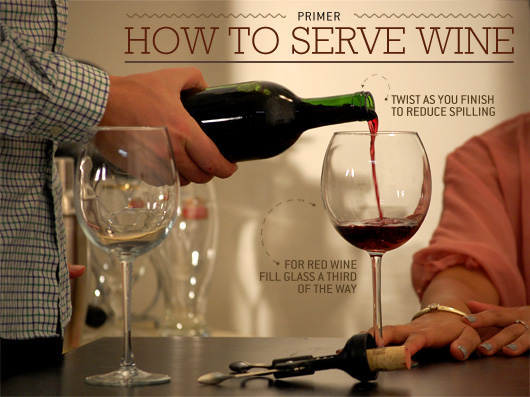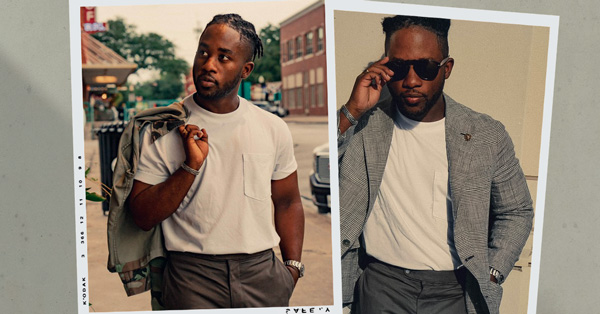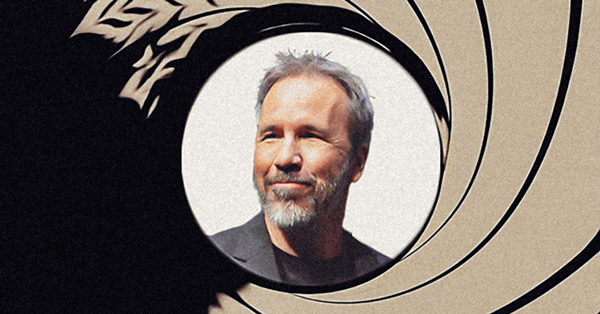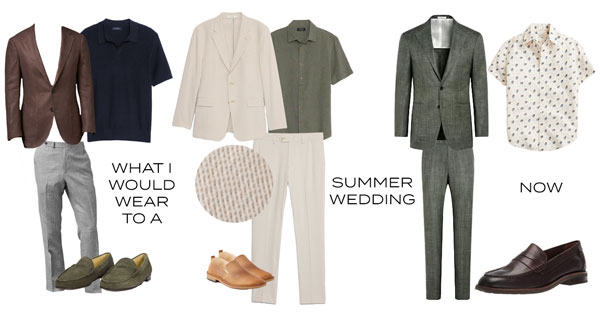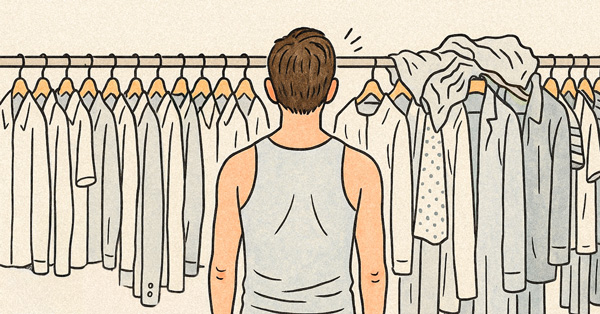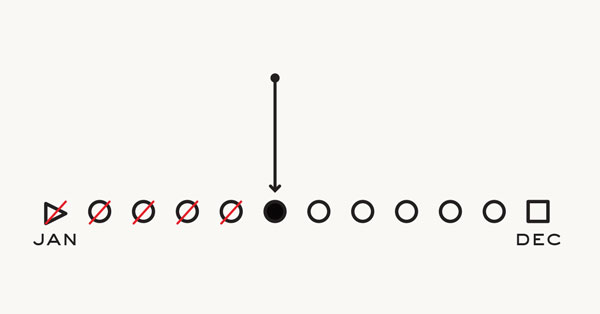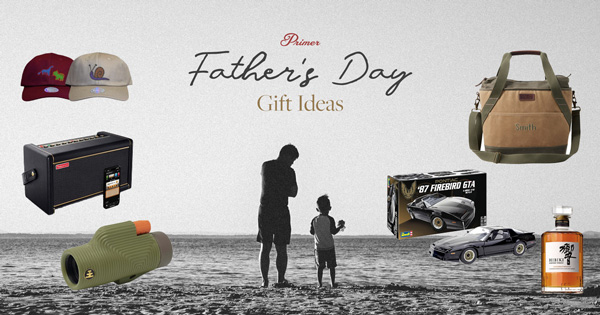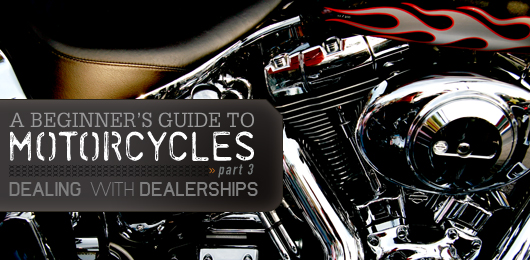
After weighing all the pros (looking cool) and cons (riding a death rocket), you've decided that a motorcycle is right for you. Congratulations, you've advanced to the hardest step – making a purchase without getting screwed. The motorcycle market is just as dangerous as the used car lot with hidden traps to avoid and haggling to be had. Make sure you know what you're in for.
By Doug Wagner
This is part 3 in our Beginner’s Guide to Motorcycles. Be sure to check out Part 1: Training and Getting the License, and Part 2: The Helmet and Gear.
Purchasing a new bike from a dealership has its advantages. There will usually be at least a 1-year warranty included with your purchase. Certain repairs and maintenance may be covered, others may be available at a discounted rate if you use their shop. On top of that, you're the first and only owner, so you're fully aware of the bike's history and can treat it just the way you'd like from the start.
Try to find a salesman that asks you what kind of bike you are interested in instead of one who tries to push a particular bike on you right away. A good salesman should ask you about what you plan to use the bike for, your experience level, what bikes you already have in mind, and try to help you. A bad salesman is going to start rattling off potentially false claims about a particular bike's power, ask you what color bike you're interested in, and continue trying to get you to buy a bigger bike. The latter will say things like: “Oh, you like this one? Well, this one over here has over 30% more power…” or “Sure, you could get a 250 or a 500, but you'll grow out of that in a month and want something bigger. You should just go ahead and get a 650.”
(Why don't they just sell you the smaller bike and wait for you to come back for the bigger one? If they're so certain that you'll want a bigger bike in just a month or so, why not get two sales out of this buyer instead of just the one?)
You'll be dealing with a salesman and it's their job to try to get you to buy something before you leave and they'll obviously want to make a big sale versus a small one – that much is clear – but you should at least try to work with someone that has your best interests in mind. There's also a difference between a salesman that gets to work everyday on his own motorcycle versus a salesman who goes to and from work in his Honda Accord. Both want to make the sale, but only one knows your world, or rather, the one you plan on entering.
Paying For It
The other advantage to buying from a dealer is the fact that you can get a shiny, new bike without paying the full cost up front. When someone from Craigslist asks for $2300, you'll have to give them $2300 in one fell swoop. At a dealer, through financing, you can probably put some money down and ride off that day. Keep in mind, though, you'll have to make payments on the bike every month until the bike is paid off. Not to be negative, but let's say you drop your brand spankin' new motorcycle 3 months after purchasing it and your insurance company decides not to pay for the damages. This happens more often than you might think since the cost of repairing a bike can quickly add up to be close to, if not more than, the cost of the bike itself! Even though you no longer have the bike, you'll still need to pay it off. It'd be unfortunate to see a few hundred dollars leaving your pocket every month that's essentially going towards nothing.
Depending on your view of debt, not paying for the bike all at once can be a bad option. Perhaps the easiest way, or at least most likely easier than taking out a personal bank loan to pay for the bike in installments, is to use one of deals they offer which usually involves a credit card from the bike's manufacturer with a pretty hefty annual percentage rate (APR). The APR and the credit limit for your card are at the discretion of the lender and depends on your credit history. The higher the APR, the more interest you'll have to pay for borrowing the money.
They can guess what you'd qualify for based on your credit history (if you give them permission to access this), but they won't be able to tell you your exact rate until you actually apply for the card. One dealer actually signed me up for a credit card without my permission (that is, the signed credit card application form). I didn't know this going into it but according to the bank who issued the cards, dealers do this all the time. Just make sure this is the route you want to go before moving forward with any sort of agreement since you cannot be entirely sure if your interest rate will be 3.99%, 18.99% or somewhere in the middle.
Keep in mind, when you add up all the interest, you'll probably have paid a couple thousand dollars more for the bike than you would have otherwise. If you feel like you could get a better deal by using your own low APR credit card to make the purchase, this may be a better option for you to consider.
The Fees
Don't forget about the “hidden” fees. If the sticker price of the bike of your choice is $3499, that doesn't mean you can plop down $3500, say “keep the change” and be on your merry way. They're going to need to add taxes and all sorts of fees: for freight, license, documentation, registration, and any required service you pay for up front. This can sometimes tack on almost another $2000 when all is said and done, so make sure you factor that into your budget!
Shop around for better rates. You might get a much better deal elsewhere. When you're checking prices, always ask for the Out-the-Door price (“OTD”). Given the above “hidden” fees, you'll want to make sure you're comparing the final prices properly so you can make an informed decision.
If the dealer wants to make the sale (they always do), get them to waive a couple of the fees. Do your browsing during the off-season, too, while no one's really out there riding and dealers are hoping to make some sales. At the end of the year, just like with cars, dealerships will be hoping to clear out the current year's models to make room for next year's. This is a great time to negotiate some deals.
Also, before you sign on the dotted line, tell them you want at least 20% off on any gear and accessories you include on your purchase. Given your generosity of taking a new bike off their hands that day, this deal should be easy to swing.



